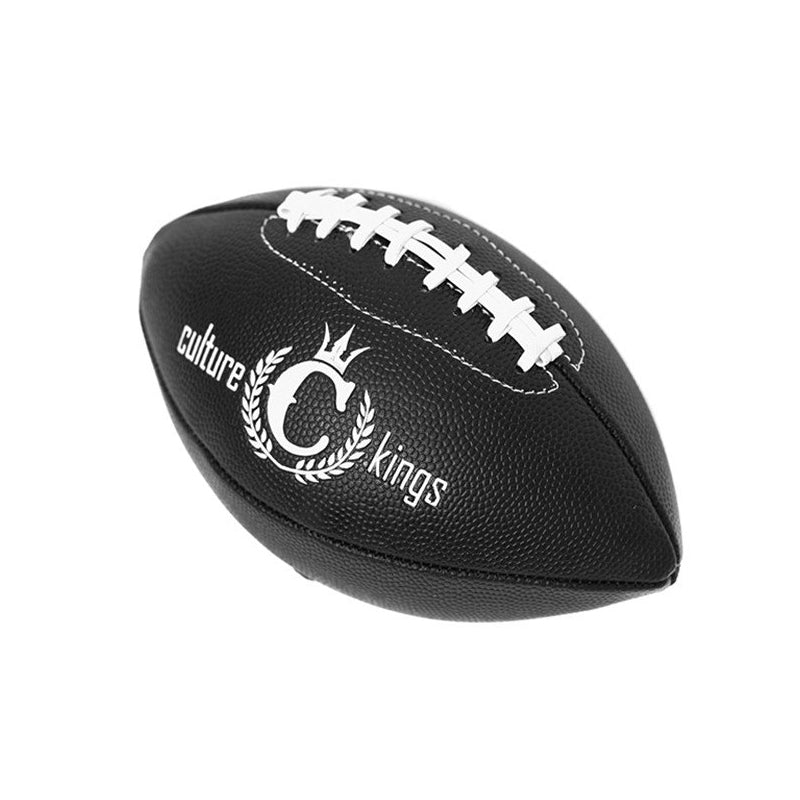
How It’s Made: Promotional Mini Footballs
The game of football dates back to the 19th century. Over time, the gameplay has evolved, including the introduction of rules and guidelines, and sport equipment specifications. The promotional mini football is the smaller size of the original football and can be branded for advertisement purposes. The Manufacturing Process The raw materials used for manufacturing the mini football include rubber bladder and cowhide or pebble-grained leather cover. This is because of the durability of the material and easy tanning. To manufacture the ball, the cowhide goes through a special tanning process and then cut into a bend which becomes the strongest and the best part of the hide. Afterward, the bend is cut into four panels precisely into the required shape at the same time. The panels then go through the skiving machine to reduce the thickness and weight to the recommended guidelines. A synthetic lining, which prevents the panels from stretching and contorting out of shape, is sewn to each panel. The holes that will be laced are given a facing, after which holes are punched into them. The four panels are sewn together using hot wax lock stitch machine to make the seams durable. The ball is then turned inside out. A two-ply butyl rubber bladder is inserted into the ball and then the ball is laced. Afterward, the ball is inflated to the recommended pressure, usually between 6kg to 6.1 kg. The ball then has to be checked to ensure it conforms to set rules and guidelines in terms of weight and size. Branding promotional mini footballs After checking the ball, it is ready to be branded with the company’s logo and name. The designs used are usually provided by the company. This is to ensure that the balls conform to their specifications. Promotional mini footballs can be used for your company’s advertisement campaign or given out during tradeshows. You can design your own personalized football here. Read about how promotional slam balls are made.
